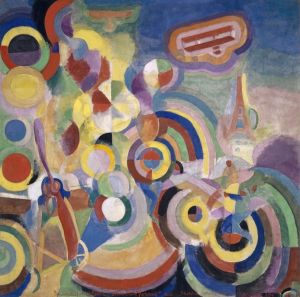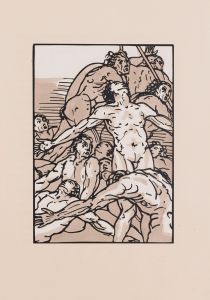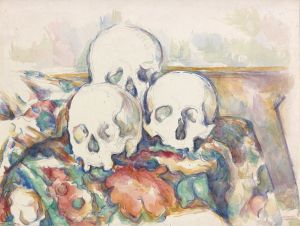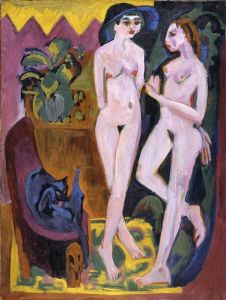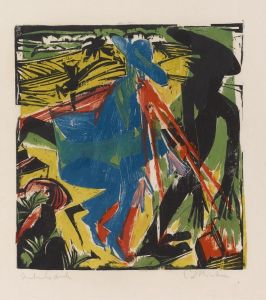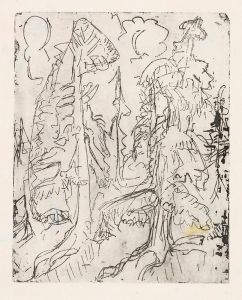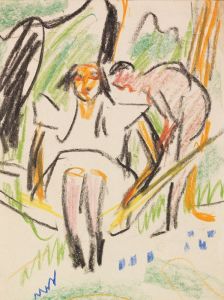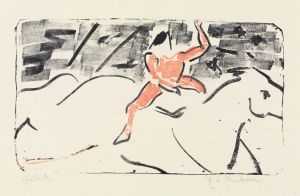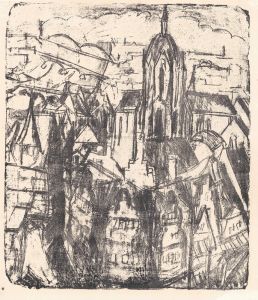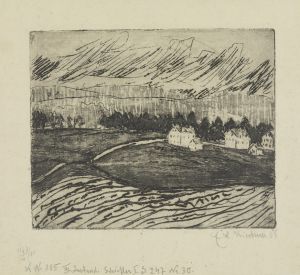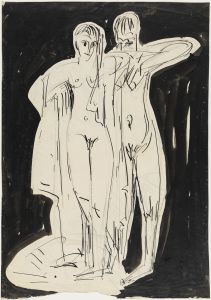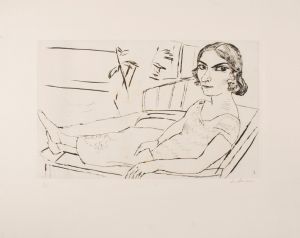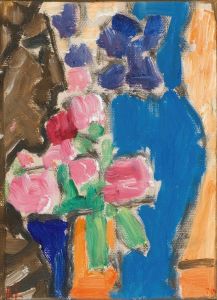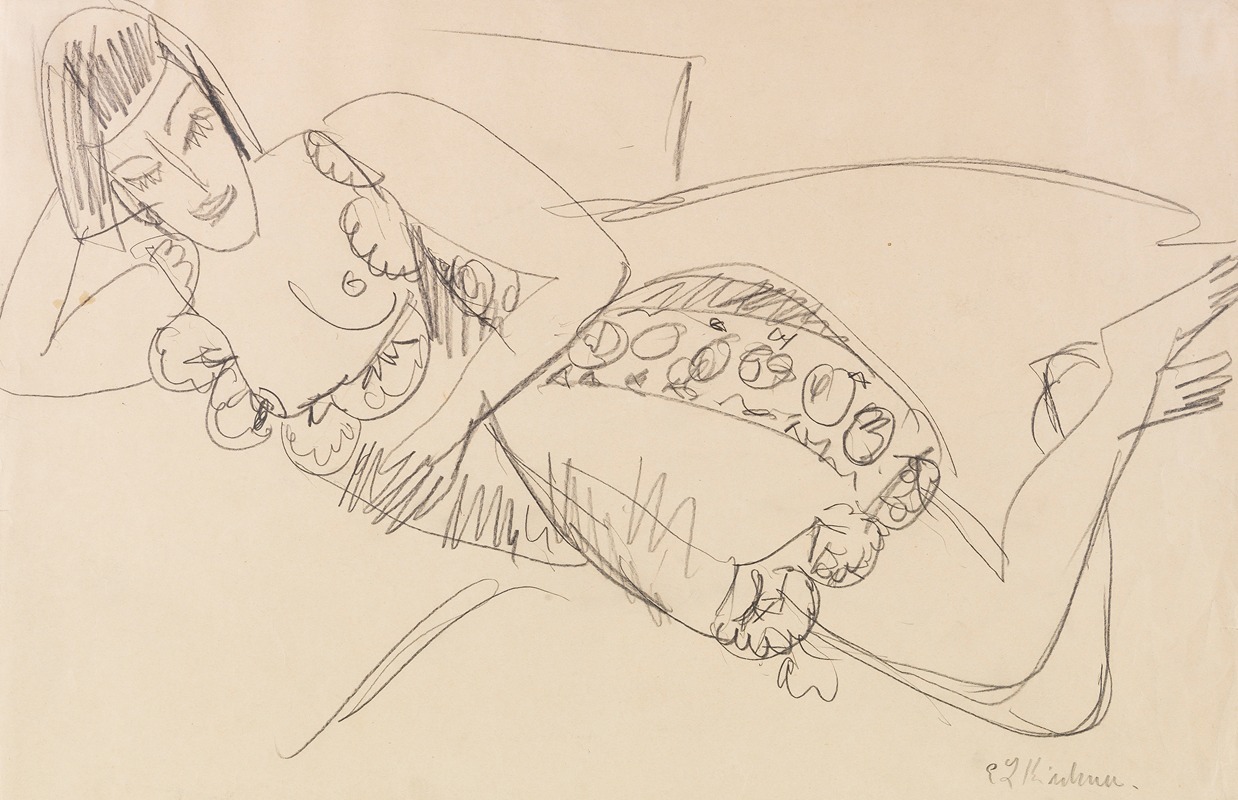
Liegender Frauenakt
A hand-painted replica of Ernst Ludwig Kirchner’s masterpiece Liegender Frauenakt, meticulously crafted by professional artists to capture the true essence of the original. Each piece is created with museum-quality canvas and rare mineral pigments, carefully painted by experienced artists with delicate brushstrokes and rich, layered colors to perfectly recreate the texture of the original artwork. Unlike machine-printed reproductions, this hand-painted version brings the painting to life, infused with the artist’s emotions and skill in every stroke. Whether for personal collection or home decoration, it instantly elevates the artistic atmosphere of any space.
"Liegender Frauenakt" (Reclining Female Nude) is a painting by the German expressionist artist Ernst Ludwig Kirchner. Kirchner, born on May 6, 1880, in Aschaffenburg, Germany, was a founding member of the influential artist group Die Brücke (The Bridge), which played a crucial role in the development of Expressionism in the early 20th century.
The painting "Liegender Frauenakt" exemplifies Kirchner's distinctive style, characterized by bold colors, dynamic compositions, and expressive brushwork. This work, like many of Kirchner's pieces, reflects his interest in the human form and his desire to convey emotional and psychological depth through his art.
Kirchner's approach to the nude figure was revolutionary for its time. He often depicted his subjects in a raw and unidealized manner, challenging traditional representations of the human body. In "Liegender Frauenakt," the reclining female figure is rendered with a sense of immediacy and intimacy, emphasizing the natural and unposed state of the model. The use of vibrant colors and strong, angular lines creates a sense of movement and energy, drawing the viewer's attention to the contours and forms of the body.
The painting also reflects Kirchner's interest in non-Western art forms, particularly African and Oceanic art, which he admired for their directness and emotional power. This influence is evident in the simplified shapes and bold outlines that characterize the figure in "Liegender Frauenakt." Kirchner's fascination with these art forms was part of a broader trend among European artists of the time, who sought to break away from the conventions of academic art and explore new ways of seeing and representing the world.
Kirchner's work was deeply affected by the social and political upheavals of his time. The early 20th century was a period of rapid change and uncertainty, and Kirchner's art often reflects the anxieties and tensions of this era. His depictions of the human figure, including "Liegender Frauenakt," can be seen as a response to the alienation and fragmentation of modern life.
Throughout his career, Kirchner struggled with mental health issues, which were exacerbated by his experiences during World War I. He was conscripted into the military in 1915 but was discharged due to a nervous breakdown. After the war, he moved to Switzerland, where he continued to work but remained plagued by psychological difficulties. Despite these challenges, Kirchner produced a significant body of work that has had a lasting impact on the history of modern art.
"Liegender Frauenakt" is an important example of Kirchner's contribution to the Expressionist movement and his innovative approach to the depiction of the human form. The painting is held in high regard for its emotional intensity and its bold, unconventional style, which continues to resonate with audiences today.





